Rising Infrastructure Investments
The xlpe cables market is experiencing a surge in infrastructure investments across the United States. Government initiatives and private sector funding are driving the construction of new power plants, substations, and transmission lines. In 2025, the U.S. is projected to allocate approximately $100 billion towards enhancing its electrical infrastructure, which is likely to bolster the demand for xlpe cables. These cables are favored for their superior insulation properties and durability, making them ideal for high-voltage applications. As urbanization continues to expand, the need for reliable and efficient power distribution systems becomes increasingly critical. This trend indicates a robust growth trajectory for the xlpe cables market, as stakeholders seek to modernize aging infrastructure and accommodate the rising energy demands of urban centers.
Growing Focus on Energy Efficiency
The xlpe cables market is significantly influenced by the increasing focus on energy efficiency across various sectors. As energy costs rise and environmental regulations tighten, businesses and utilities are seeking solutions that minimize energy losses during transmission. Xlpe cables are recognized for their low dielectric losses and high insulation resistance, making them an attractive option for energy-efficient power systems. In 2025, it is anticipated that energy-efficient technologies will account for over 30% of new electrical installations in the U.S. This shift towards energy efficiency is likely to drive demand for xlpe cables, as they play a crucial role in optimizing the performance of electrical networks and reducing overall energy consumption.
Increased Adoption of Electric Vehicles
The xlpe cables market is poised to benefit from the growing adoption of electric vehicles (EVs) in the United States. As the EV market expands, the demand for efficient charging infrastructure is becoming paramount. By 2025, it is estimated that there will be over 25 million electric vehicles on U.S. roads, necessitating a significant increase in charging stations. These stations require high-quality xlpe cables to ensure safe and efficient power delivery. The transition to electric mobility is not only a response to environmental concerns but also a strategic move to reduce dependence on fossil fuels. Consequently, the xlpe cables market is likely to see a substantial uptick in demand as manufacturers and utility companies invest in the necessary infrastructure to support this shift.
Regulatory Framework Supporting Cable Standards
The xlpe cables market is benefiting from a robust regulatory framework that supports the establishment of stringent cable standards. Regulatory bodies in the United States are increasingly emphasizing safety, reliability, and environmental sustainability in electrical installations. In 2025, new regulations are expected to mandate the use of high-performance materials, such as xlpe, in various applications. This regulatory push is likely to enhance the credibility of xlpe cables, as they meet or exceed the required standards for performance and safety. Consequently, manufacturers are expected to invest in xlpe cable production to comply with these regulations, thereby driving growth in the market. The alignment of regulatory requirements with industry standards is anticipated to create a favorable environment for the xlpe cables market.
Technological Innovations in Cable Manufacturing
The xlpe cables market is witnessing a wave of technological innovations that enhance the performance and efficiency of cable manufacturing processes. Advances in materials science and production techniques are leading to the development of xlpe cables with improved thermal resistance and electrical conductivity. In 2025, the market is expected to grow at a CAGR of 6.5%, driven by these innovations. Manufacturers are increasingly adopting automated production lines and smart technologies to optimize their operations, reduce costs, and improve product quality. This focus on innovation not only enhances the competitiveness of the xlpe cables market but also aligns with the broader trend of sustainability, as more efficient cables contribute to reduced energy losses in power transmission.


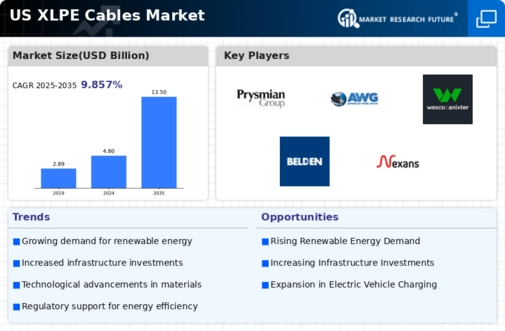
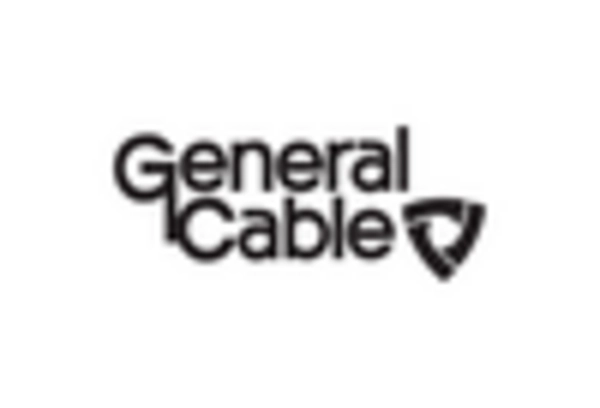
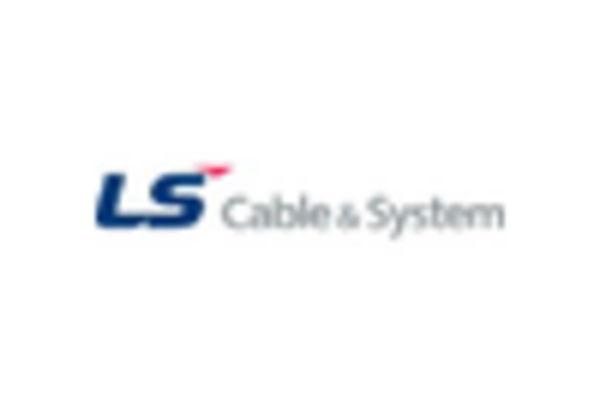

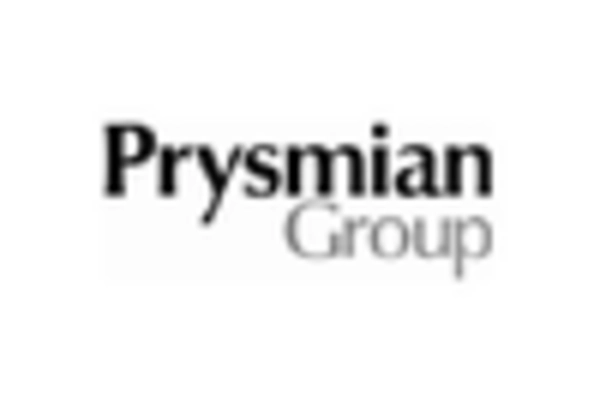
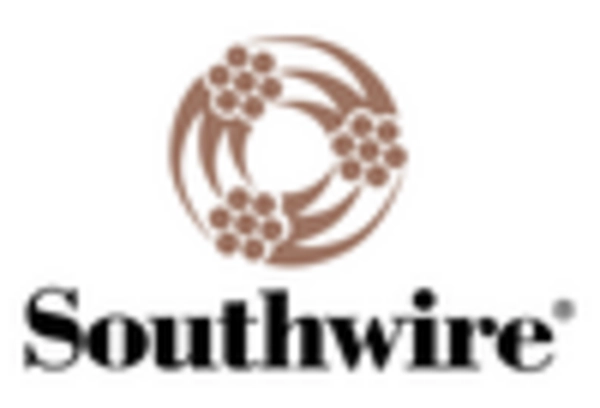
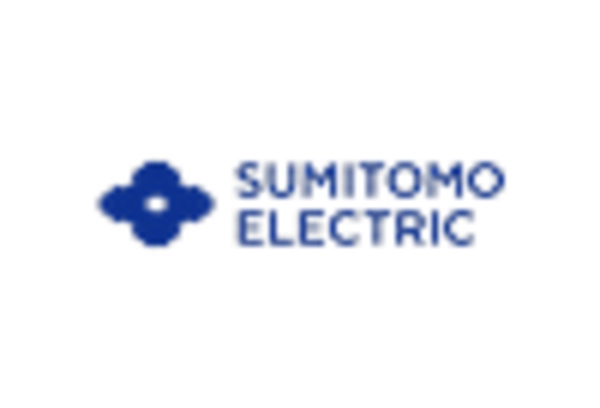








Leave a Comment